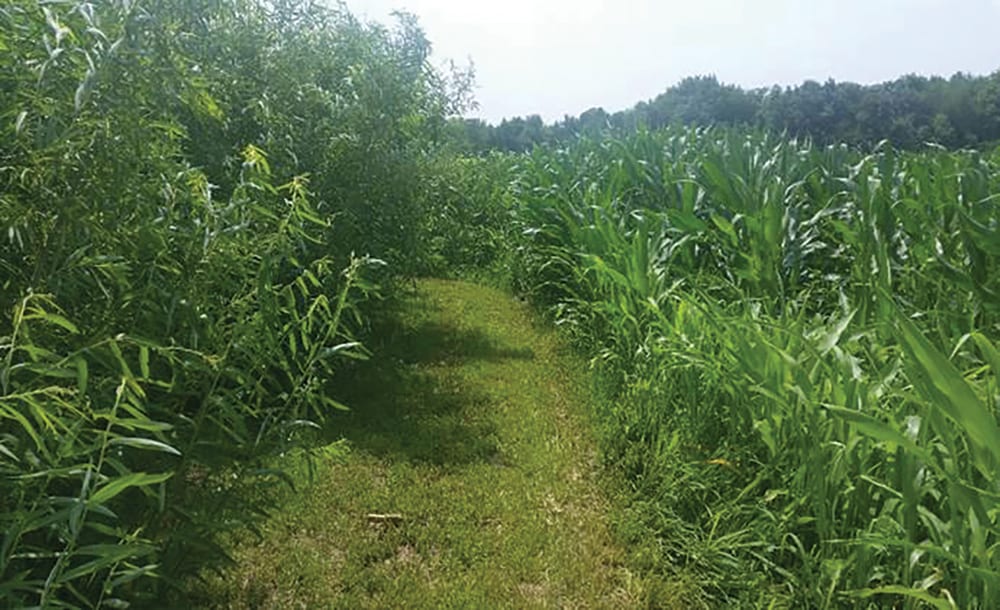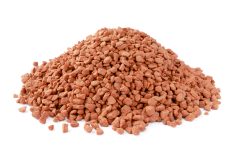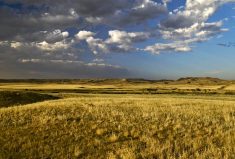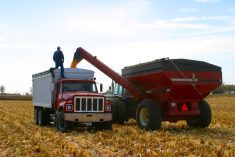There’s always some section of a farm that’s perennially too wet, too dry, or just doesn’t produce.
It may be time to give up and sow them down to something like shrub willow or switchgrass, perennial bioenergy crops. That’s according to a report tabled recently at the annual meeting of the Geological Society of America.
In a project that’s been underway since 2011, researchers at Argonne National Laboratory have been studying how shrub willow and switchgrass in sandier, easily dried-out patches of land can not only control erosion, but also suck up excess fertilizer chemicals that could otherwise contaminate surface and groundwater.
Read Also

Manitoba boosts stake in cereals centre to $20 million
The Manitoba government is boosting its funding to Cereals Canada’s GATE project in downtown Winnipeg to $20 milllion.
Excess fertilizer nutrients can lead to a host of downstream problems including toxic algal blooms, increased costs for water treatment facilities, and the growth of the “dead” zone in the Gulf of Mexico.
“The focus is on improving water quality,” said John Quinn, a researcher at the lab. But along the way they have found that the crops have other potential benefits as well, including being a source of biomass for biofuel, a resource for pollinators and other wildlife, and other ecosystem services.
For example, their results show that since willows were planted in 2013 at one location, the trees have significantly reduced concentrations of fertilizer nitrate in the soil water compared to the soil water in the adjacent cornfields.
“What’s important about perennial crops is their deep-rooting capability,” said Quinn. “They can intercept excess nitrates from corn crops. The energy grasses in particular have deep and fibrous root systems.”















